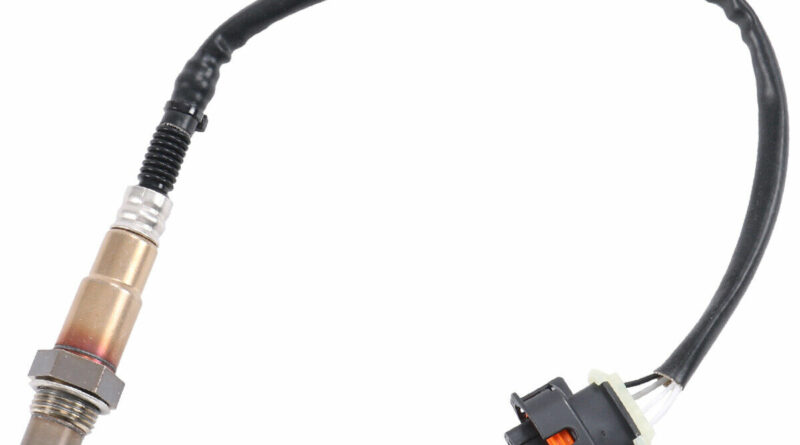Guide to Oxygen Sensor Replacement Costs
Understanding the cost associated with oxygen sensor replacement can help car owners budget effectively and ensure their vehicle operates smoothly. Let’s explore everything you need to know about the cost of replacing a car oxygen sensor. Maintaining optimal performance and efficiency in your vehicle involves regular upkeep, including monitoring and replacing crucial components like the oxygen sensor.
What is an Oxygen Sensor?
Before delving into the replacement cost, it’s essential to grasp the role of an oxygen sensor in your vehicle. The oxygen sensor, also known as the O2 sensor, measures the oxygen levels in the exhaust gases, providing vital feedback to the engine control unit (ECU). This information enables the ECU to adjust the air-fuel mixture for optimal combustion efficiency and reduced emissions.
Signs of a Failing Oxygen Sensor:
Recognizing the symptoms of a failing oxygen sensor can prompt timely replacement, preventing potential damage and performance issues. Common signs of a failing oxygen sensor include:
- Illumination of the check engine light on the dashboard
- Decreased fuel efficiency
- Rough idling or engine misfires
- Poor acceleration or sluggish performance
- Increased emissions or failed emissions test
Factors Affecting Replacement Costs:
Several factors influence the cost of replacing a car oxygen sensor, including:
- Vehicle Make and Model: The cost can vary depending on the make and model of your vehicle, with luxury or high-performance cars often requiring more expensive sensors.
- Type of Sensor: Vehicles may have one or multiple oxygen sensors, and the cost can vary based on the type and location of the sensor(s).
- Quality of Sensor: OEM (Original Equipment Manufacturer) sensors tend to be more expensive than aftermarket alternatives, but they may offer better reliability and performance.
- Labor Costs: The cost of labor for sensor replacement can vary depending on the mechanic’s hourly rate and the complexity of the installation process.
- Additional Repairs: If the sensor replacement is part of a larger repair or maintenance service, such as exhaust system repairs, the overall cost may be higher.
Average Replacement Cost:
While the cost of replacing a car oxygen sensor can vary significantly based on the factors mentioned above, here’s a rough estimate of the average replacement cost:
- Parts Cost: OEM oxygen sensors typically range from £50 to £200 or more per sensor, while aftermarket sensors may cost less.
- Labour Cost: Labour rates vary by location and mechanic, but expect to pay anywhere from £100 to £300 or more for labour.
Taking these figures into account, the total cost of replacing a car oxygen sensor can range from £150 to £500 or more per sensor, depending on the vehicle and specific circumstances.
Tips for Cost-Effective Replacement:
- Compare Prices: Obtain quotes from multiple mechanics or service centers to find competitive pricing for both parts and labor.
- Consider Aftermarket Options: While OEM sensors are often preferred for their quality, aftermarket sensors can offer a more budget-friendly alternative without compromising performance.
- DIY Installation: For mechanically inclined individuals, replacing the oxygen sensor yourself can save on labor costs, but be sure to follow proper procedures and safety precautions.
Conclusion:
Understanding the factors influencing oxygen sensor replacement costs can help car owners make informed decisions when it comes to maintaining their vehicles. By staying proactive and addressing issues promptly, you can ensure optimal performance, fuel efficiency, and emissions compliance while minimizing long-term repair expenses. Always consult a qualified mechanic or service centre for professional advice and assistance with sensor replacement tasks. Check out tyres.
Buying a used VW. Buying used vauxhall, BMW, Jaguar, Ford, Volvo, Range rover, Bentley, Aston Martin, Porsche, Ferrari, Lamborghini, Maserati, Hyundai, Tesla, Honda, Pagani

